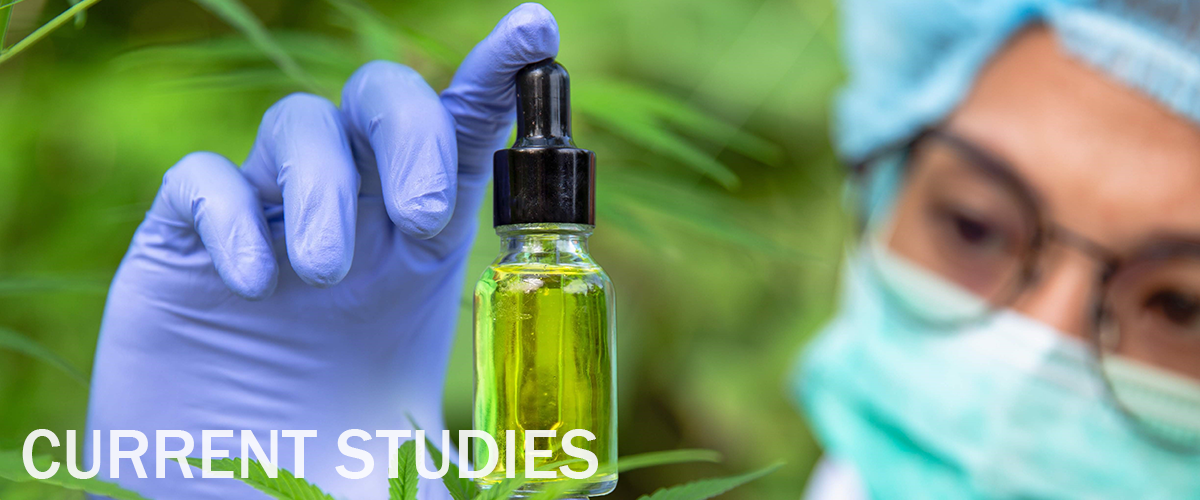INVESTIGATOR: Daniele Piomelli, Ph.D.
STUDY LOCATION: University of California, Irvine
PROJECT TITLE: Antinociceptive effects of phytocannabinoids in a mouse model of sickle cell disease (SCD)
FUNDING SOURCE: Center for Medicinal Cannabis Research
PROJECT TYPE: Preclinical Study
STATUS: Active
ABSTRACT:
Background-significance-hypothesis: Severe persistent pain is a key feature of sickle cell disease (SCD), which is caused by a mutation in the hemoglobin gene mostly found in ~100,000 Americans of African descent. Opioids are the standard of care for SCD pain but are only partially effective and rife with adverse events. Alternative strategies targeting the endocannabinoid system have shown promise. For example, in a humanized mouse model (‘SCD mice’), the synthetic cannabinoid CP-55940 attenuated hypersensitivity to painful stimuli. However, a clinical trial that evaluated a 5-day regimen of vaporized cannabis (THC:CBD ratio = 1:1) in 23 SCD patients found significant mood improvement but only a trend toward reduced pain which did not reach statistical significance. Causes for this may have been, in addition to small sample size and short duration, the use of an inadequate THC/CBD ratio and/or negative interactions between THC/CBD and hydroxyurea, the standard of care for SCD. To gain support for continuing or discontinuing clinical trials of cannabis for SCD pain, we propose to evaluate the antinociceptive efficacy and side-effect profile of THC, CBD, and their combinations in SCD mice, with or without hydroxyurea treatment. Innovation: The experiments will, for the first time, (a) establish whether THC and CBD act in a synergistic, antagonistic, or additive manner to alleviate pain in a mouse model of SCD. The data generated will serve as benchmark for future clinical trials testing the effectiveness of THC and/or CBD in SCD pain. Design-methods: We will determine median effective doses (ED50) for the antinociceptive, vegetative (body temperature, food intake), and psychotropic (catalepsy, locomotor activity) effects of THC and CBD after acute administration in SCD mice of both sexes. We will then use combination analyses to determine whether the interaction between THC and CBD is synergistic, antagonistic, or neutral (additive). Transgenic HbAA mice, in which normal human hemoglobin replaces the mouse orthologue, will be used as control throughout the studies.

